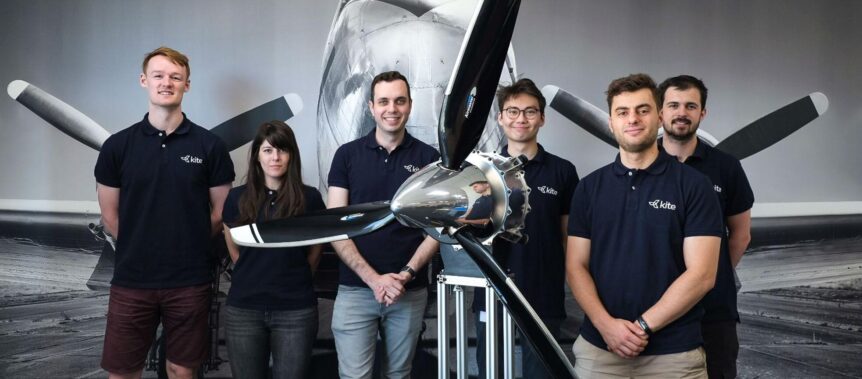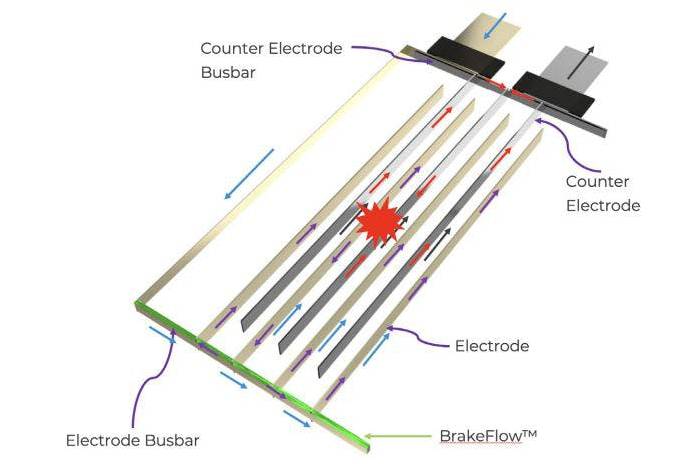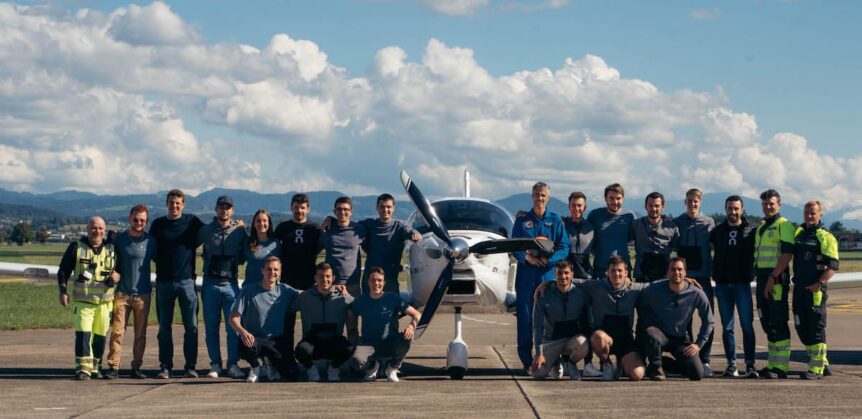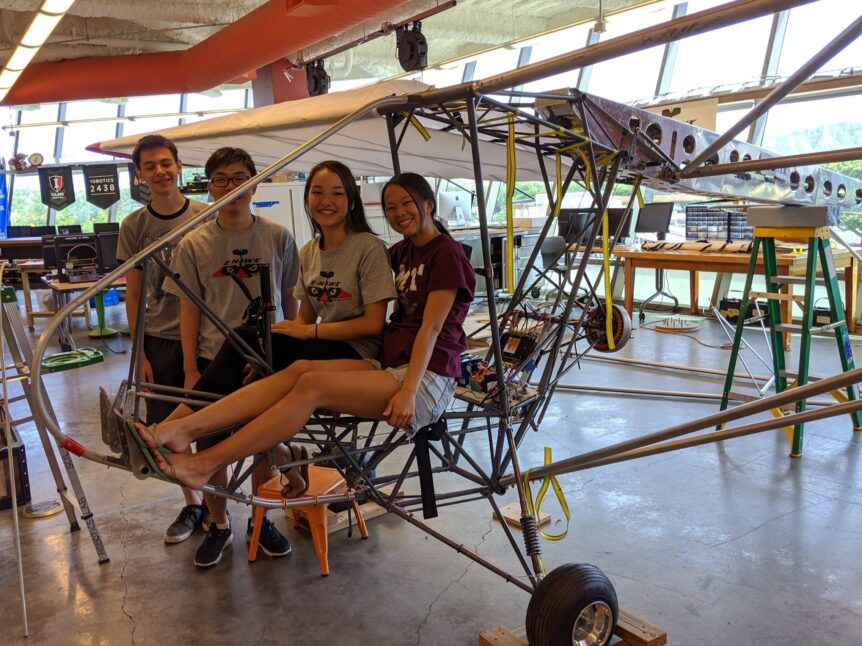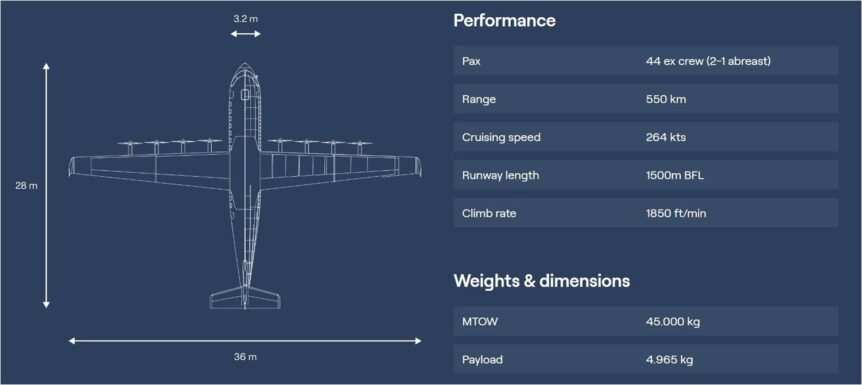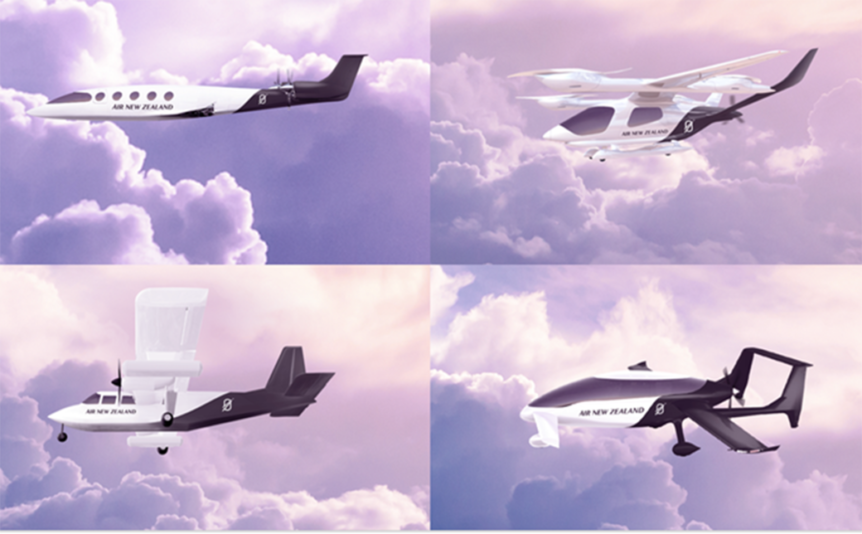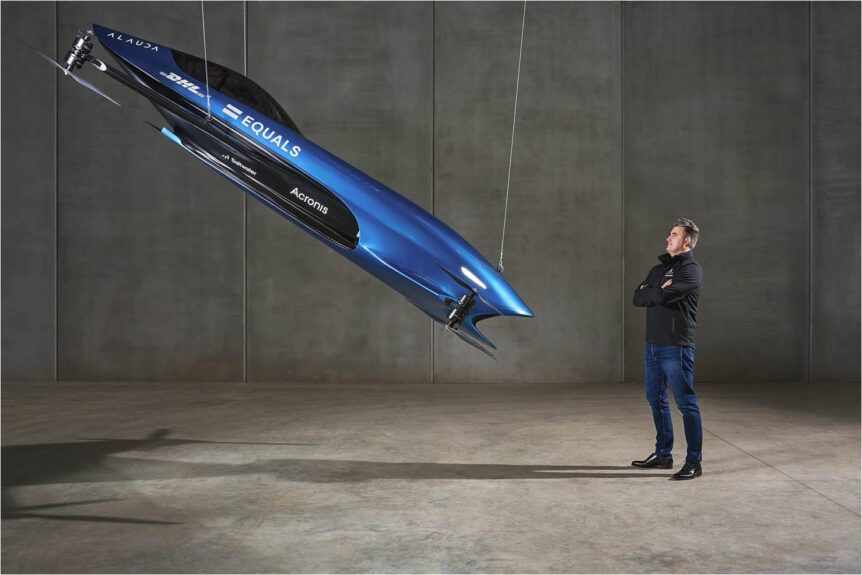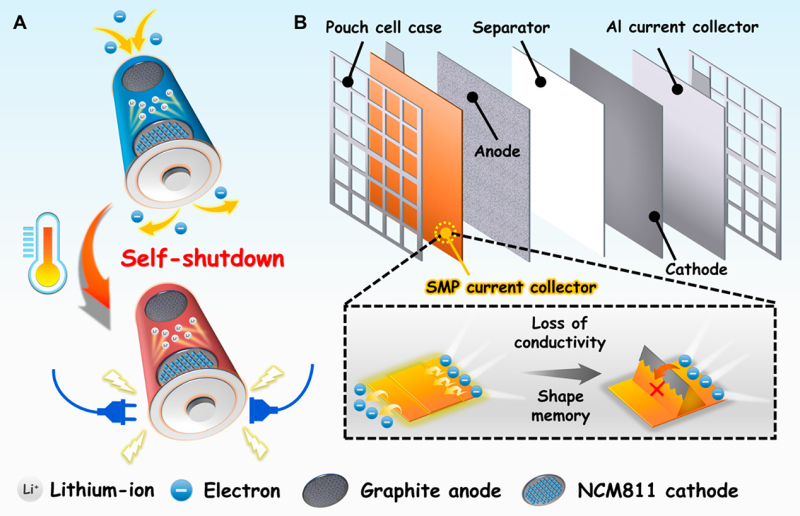Monash University announced a new type of electric aircraft motor and the promise of a fuel that could power everything from your smart watch to your airplane in the future. Both rely on unique ways of seeing the physical world around us. The Kite Magnetic Motor Charles Alcock, writing for FutureFlight.com, discusses Kite Magnetics’ 120 kilowatt (160 horsepower) electric propulsion unit (EPU) intended for a variety of light aircraft applications. part of a program at Monash University in Melbourne, Australia, the motor could find applications in “conventional fixed-wing aircraft, as well as eVTOL and eSTOL designs, high-altitude satellites, and wing-in-ground craft,” according to the University. At its core, the motor relies on the University’s patented Aeroperm™ magnetic material. This lightweight nanocrystalline substance is part of a soft amorphous metal matrix. Unlike traditional iron materials in motors, however, Aeroperm does not exhibit iron’s normal “lossiness.” Instead, it loses energy at “one-tenth the rate of existing magnetic materials used in current electrical …
Enovix BrakeFlow™ Stops Thermal Runaway
Enovix battery architecture including its exclusive BrakeFlow™ system enables 100-percent silicon in their silicon/lithium electrodes and prevents battery fires. Battery fires, particularly on or in an airplane, are potential disasters. One such incident occurred recently on United Air Lines flight 2664 planned from San Diego International Airport to Newark New Jersey’s Liberty International Airport. Things went awry when a battery pack in the passenger compartment started to smoke and caught fire. Seven passengers were injured, four of whom were hospitalized. The Boeing 737 Max 8 was just starting its flight, turned around, and landed back at San Diego after only 10 minutes in the air. Taxi times were greater than the flight time. It was probably more than a bit scary for the passengers and crew. As explained in the NBC video, battery fires are increasing in number, probably because of the increasing number of electronic devices that use lithium batteries. Based in Fremont, California, Enovix, has developed an architecture …
NUNCATS’ Electric Zenith Flies
NUNCATS: No Unnecessary Novelty Community Air Transport Services. A Mission NUNCATS, as your editor mused, is not a hip religious order, but a determined husband and wife team intent on doing good in the world with electric aeronautics. They proclaim their mission as, “To provide a dependable lifeline for the world’s remote communities, to offer hands-on experience and STEM learning opportunities, and enable sports flyers to convert to cleaner, greener energy.” They add a practical approach to their mission. “We deliver this by integrating the existing technologies of proven light aircraft, electric propulsion, and solar power generation, for maximum social and environmental impact. We are augmenting existing microgrid installations and providing the necessary infrastructure where needed.” Their All-electric Zenith “Sky Jeep” completed its first flight on January 20, 2023. The group has plans “to transport doctors and medical supplies in remote areas of the world.” The Sky Jeep, a Zenith CH 750 Cruzer has big tires and the ability to …
AeroDelft and ETH Cellsius’ Future Flies in Clean Skies
Two groups of students, AeroDelft in The Netherlands and ETH Cellsius in Switzerland, are making great progress on some extremely advanced aeronautical projects. Each school’s ultimate goal seems to be flying with liquid hydrogen, and each has a slightly different approach to that goal. AeroDelft: Starting Small AeroDelft, the student-led project at Delft University of Technology, flew a 1/3 scale model that closely resembles e-Genius in July. Its 1,500 Watt (two kilowatt) motor is powered by 40 grams (1.411 ounces) of gaseous hydrogen initially, but will transition to liquid H2 later in the program. 380 grams (13.4 ounces) of the more potent fuel will allow three hours endurance and a range of almost 300 kilometers (186 miles) Since that flight, the team has exhibited at various trade shows and advanced work on its Sling 4 two-seat light aircraft. The 920 kilogram (2,024 pound) maximum takeoff weight aircraft, powered by a 110 kilowatt (147.4 horsepower) motor flies on battery power for …
Carbon and Oxygen and Dirt Cheap Batteries
Carbon and oxygen comprise a big part of the universe, and are essential to life on earth. They may also be the answer for long-term energy storage in a promising battery development from Noon Energy. “100 hours of storage at one-tenth the cost of lithium-ion batteries for long-duration storage.” It started on Mars According to Electrek, “Chris Graves, Noon Energy’s founder and CEO launched the company in 2018 After helping to develop NASA’s Mars Perseverance rover MOXIE device, which produces oxygen from the Martian carbon dioxide atmosphere.” According to TechCrunch, “The device sucks in carbon dioxide and strips off an oxygen atom, which it stores on board. The remaining carbon monoxide is exhausted into the thin Martian atmosphere. MOXIE, by the way, is an acronym for “Mars Oxygen ISRU Experiment. ISRU is another acronym, In Situ Resource Utilization,” or on-site use of available resources. MOXIE was also the name of an early carbonated soft drink or energy beverage. On Mars, MOXIE …
Aloha from Iolani and E-Hawk
Take a skillful design by an ultralight aircraft expert, add a small but dedicated group of high school students, a versatile advisor, and you end up with an electric aircraft that incorporates cutting edge innovation with a traditional airframe. Iolani High School’s E-Hawk has been flying over Hawaii for the last few months, a reminder of how skilled and talented today’s high schoolers can be. Your editor did an article for Kitplanes magazine about their endeavors, with great help from the students and their advisor, Martin Emde. The most surprising part of that story was how many electronic systems were essentially designed and fabricated by the students. These included battery packs and some fairly sophisticated instrumentation. For instance, this motor monitor is a bespoke device, designed, programmed, and crafted by the students. Some of the readouts from the instrument show up on the right side of the screen in the video below, part of the November 25 flight. Mike Friend, …
Delft’s Maeve 01 Dreams Big
The Maeve 01 is the latest big dream from The Netherlands’ Delft Technical University – which seems to be a resource-rich aeronautical community producing myriad flying machines. The airplane comes with a novel recharging system, the Maeve ReCharge network – all to provide “Aviation for a generation that wants to travel, not pollute.” The eight motors spanning its high-aspect ratio wings could be replaced by six, but that depends on replacing the eight 1.2 megawatt (1609 hp.) motors with 1.5 megawatt (2,012 hp.) units. This seems plausible, since Jeff Engler’s Wright Electric has recently tested a 2 megawatt (2,682 hp.) motor and ZeroAvia plans on delivering 2 MW units to retrofit DeHavilland Dash 8s within the next few years. One possible downside would be having less of the 36-meter (118.1 foot) wing swept by the propellers. Maeve founder Jan Willem Heinen explains the eight motors and their possible replacement by six more powerful units. “The reason why we went for …
Air New Zealand Plans for Zero Emissions
Air New Zealand has a five-part plan for reducing and even eliminating aviation emissions with some well-defined approaches and goals. The airline hopes to achieve net zero by 2050, with demonstrable steps toward that starting now. Five Key Elements ANZ will rely on five key elements in its quest for zero-emission flight. They are already involved in producing sustainable aviation fuel (SAF), partnering with makers of zero emission aircraft technologies, renewing their fleet, reducing carbon emissions through improved flight and ground operations, and removing carbon using best known techniques. You can read the full sustainability report here. Producing SAF Sustainable aviation fuel (SAF), explains Air New Zealand, “Is made from a variety of sustainable resources other than crude oil, such as used cooking oils, landfill waste, forestry waste, carbon captured from the air and green hydrogen. It has the potential to dramatically reduce lifecycle carbon emissions by up to 80 percent or more compared with traditional jet fuel.” Since New …
Electric Air Racing News
Electric Air Racing is a modern take on an age-old idea. Ever since people tamed horses, the idea of comparing their speeds became important. Boats, cars, and aircraft followed the same path. As with horses, the idea that “racing improves the breed” held sway. Now, one Australian company and a major aeronautical organization hope to make air racing a path to the future. Alauda Aeronautics Matt Pearson founded the Airspeeder racing program with the credo, “Competition accelerates progress.” Toward that end, he partnered with Alauda, an Australian firm, to develop a group of high-performance aerial racers. Looking somewhat like the vehicles flown by Luke Skywalker in the Star Wars films, the “flying cars” certainly evoke a performance image. The team recently flew three Airspeeders via remote control with First Person View (FPV) technology helping ground-based pilots control their craft around a Alauda unabashedly uses the term “flying cars,” as in, “Racing to deliver a revolution in personal air mobility so …
Keeping Battery Fires at Bay
Keeping battery fires at bay is a constant irritant, if not downright hazard, in the electric vehicle world. Battery fires are particularly scary in aircraft, where help may be 35,000 feet below. Three different solutions have been introduced by industry and scholars, though, and may reduce, or even prevent such unfortunate occurrences. That the three solutions were featured in the same day’s postings of GreenCarCongress.com is a bit astonishing, but heartening. The three contenders appear below. The Honeywell and Nexceris Sniff Test Honeywell has a strategic alliance with Nexceris, developer of the Li-ion Tamer (a horrible pun, as you may have noticed) lithium-ion gas detection solutions. Instead of waiting for things to heat up, as happens in thermal runaways, the Honeywell-Nexceris team will develop the proactive detectors, which “sniff” the fumes of an incipient battery fire before it can even start. Honeywell and Nexceris will work with EV makers to install Li-ion Tamer sensors “on their gas detection systems control …

